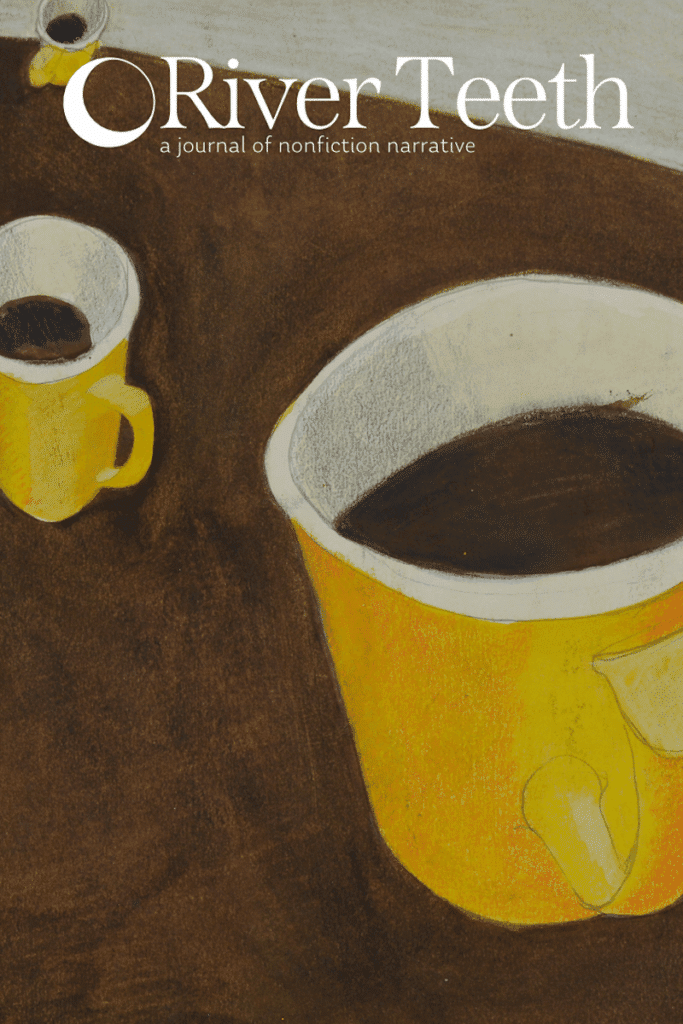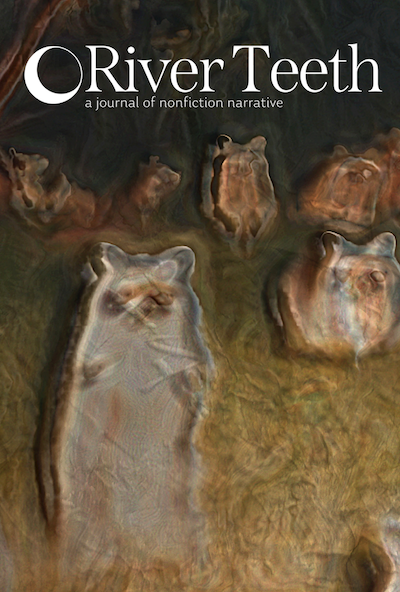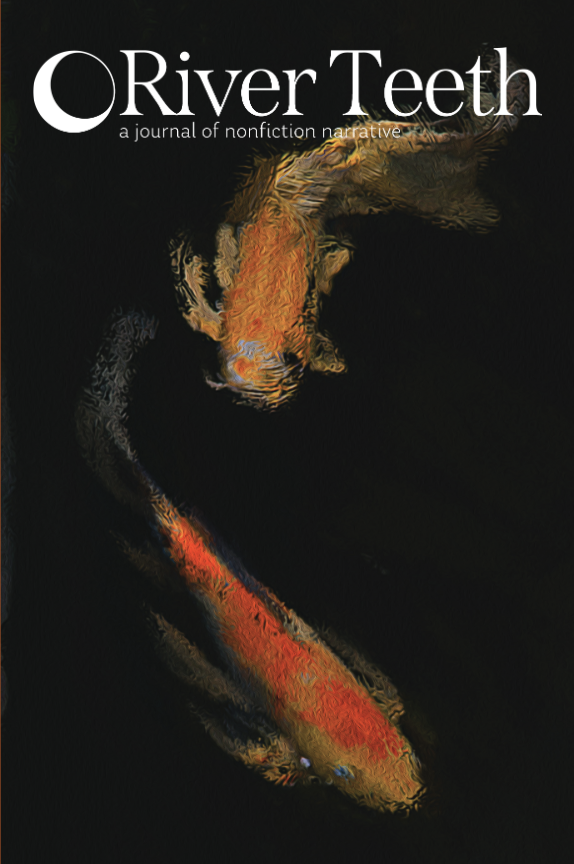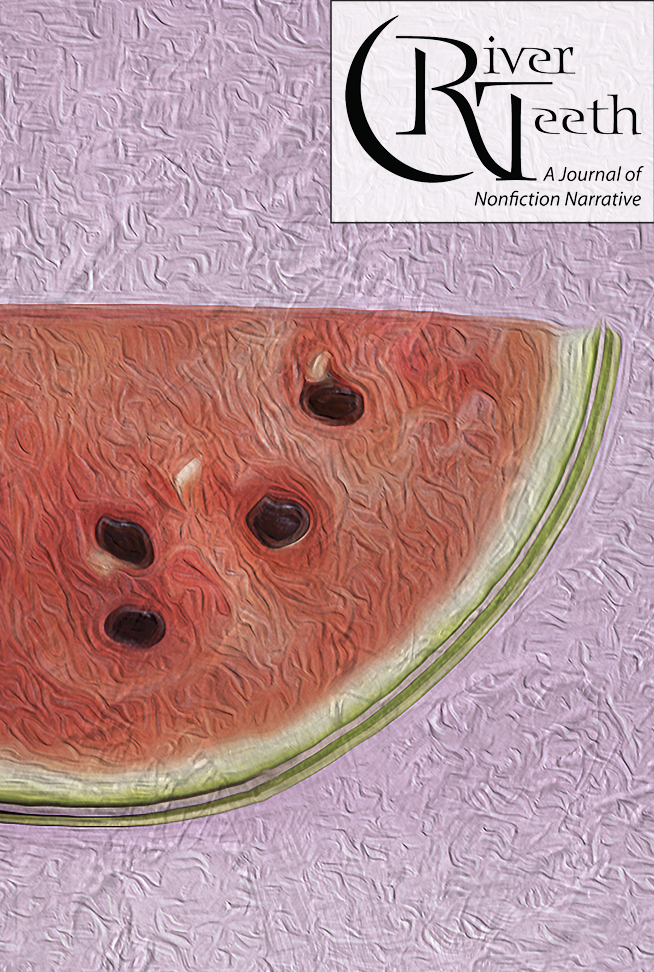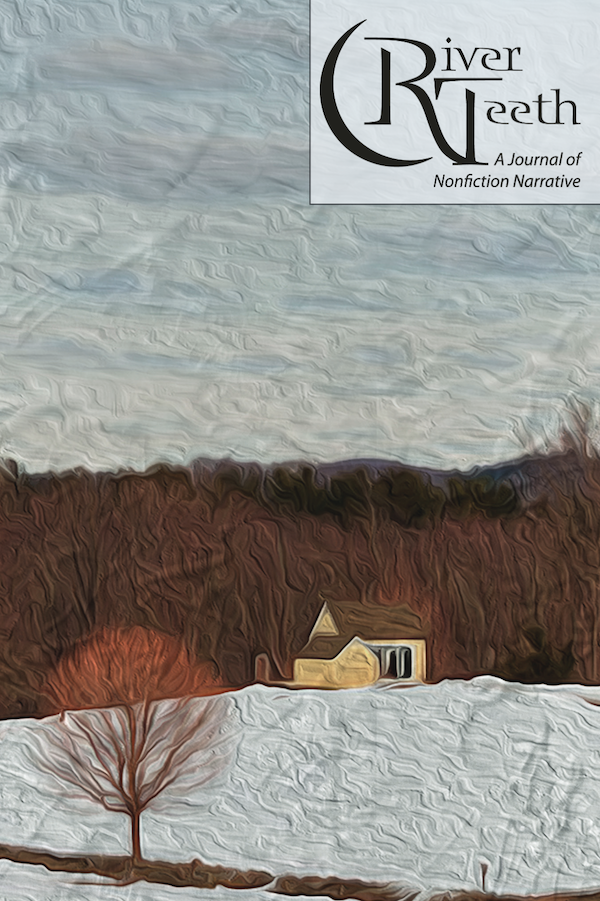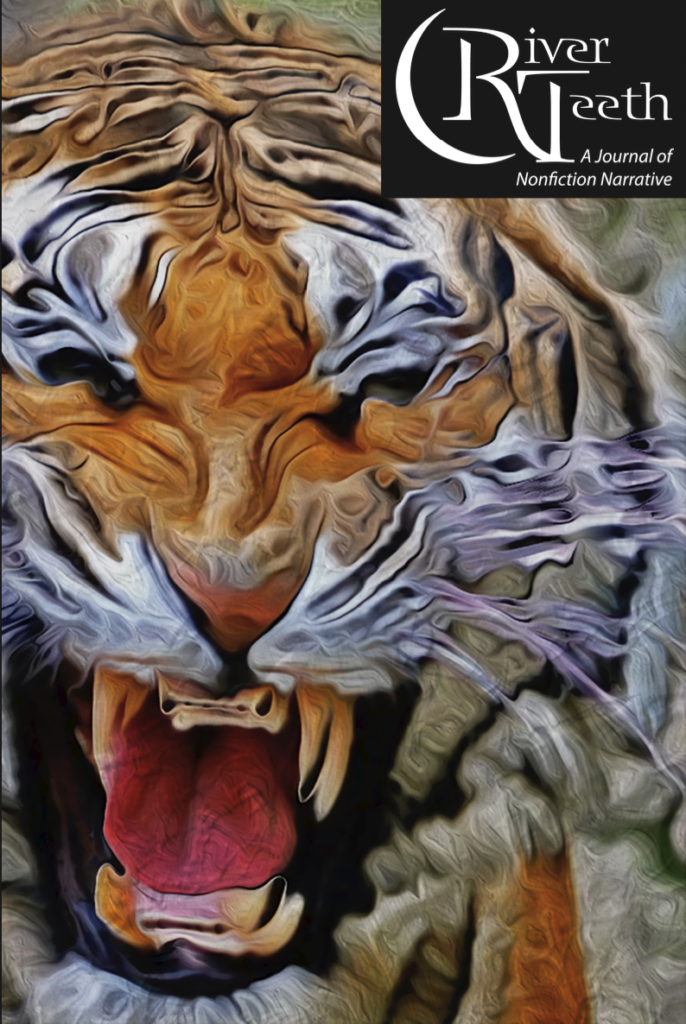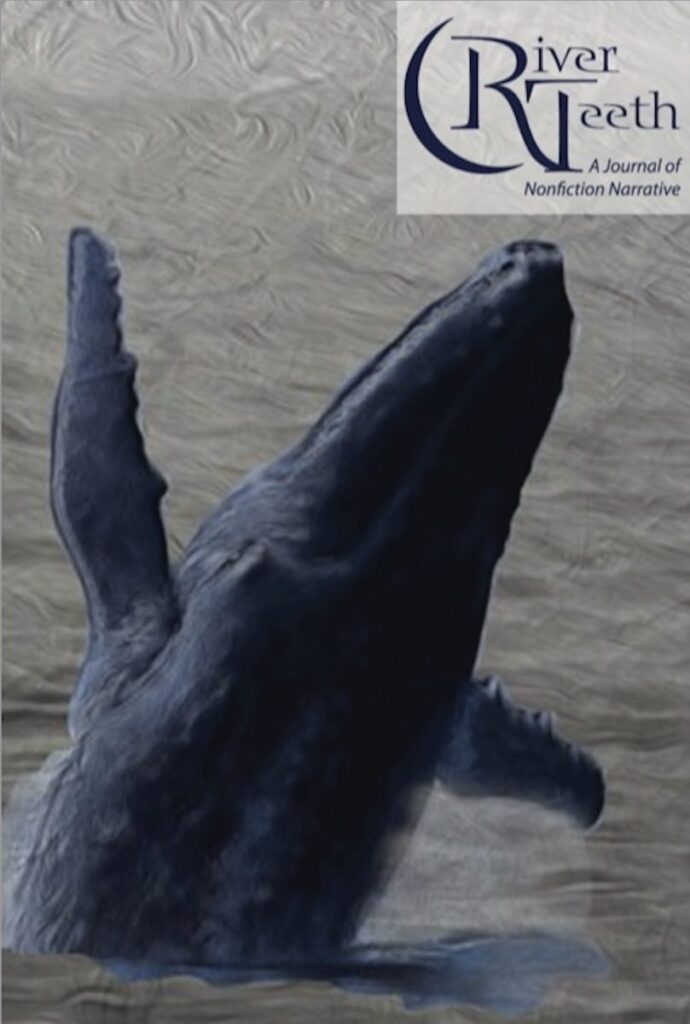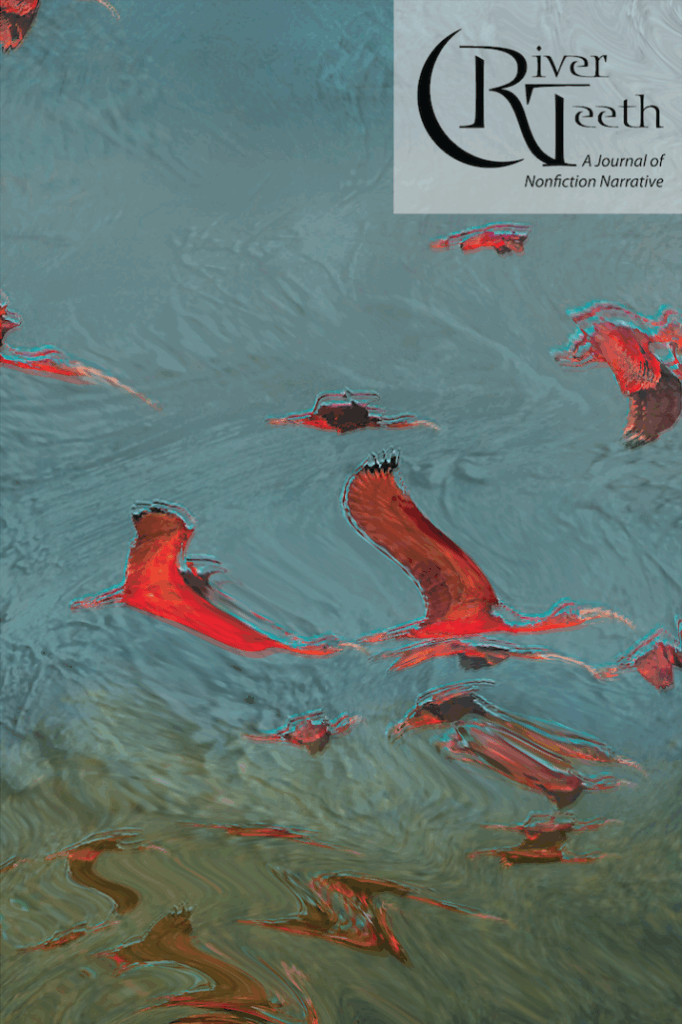By Daniel W. Lehman
Since its inception six years ago, River Teeth: A Journal of Nonfiction Narrative has been dedicated to the simple proposition that truth matters. Although factual narrative remains difficult to define with absolute precision, we have adopted the Tim O’Brien credo that if one hears or reads a great story that claims to be true, one will inevitably ask the question: “Did that really happen?” And, as O’Brien reminds us: “If the answer matters, you’ve got your answer.”
This year, courtesy of a Fulbright research/lectureship to South Africa, I have had the chance to experience first hand the social, political, and artistic power of complex and intertwining narratives that claim to be true. Now celebrating the first ten years of its post-Apartheid democracy, the Republic of South Africa is perhaps the only nation in the world to have staked its political and social future on the complementary concepts of truth and reconciliation. Instead of burying its racist past or merely extracting revenge on those who perpetrated it, the nation of South Africa seems to believe that confronting the traumatic story of its history might ensure a more just and equitable future.
We all could learn from them.
Nobel laureate Archbishop Desmond Tutu convened South Africa’s Truth and Reconciliation Commission as an extraordinary invitation to both the victims and the perpetrators of the old South Africa. All were asked to bring to the public arena their truthful accounts of life under apartheid—the torture, the disappearances, the beatings, and the shootings—in an effort to confront the meaning of these stories rather than to pretend they never happened. Though the commission’s work and record is far too complex to summarize here, the concepts behind its work are relevant to anyone who has ever tried to construct a truthful narrative or to read it with full critical awareness.
South Africa’s story seems to offer compelling examples of the problems and implications of the nonfictional claim and its attempt to recover or complicate truth. Obviously, narrative versions of “truth” here in South Africa have changed radically in the transition from the old regime to the new regime; therefore the careful study of these narratives both destabilizes a naïve notion of “truth” as well as demonstrates the deep stakes (or implications) that writers and readers have in the interplay of constructed texts, truth claims, and actual lives (or deaths).
Though truth is a socially negotiated concept, its narrative power to affect actual lives is as meaningful as it is contested.
A white South African colleague of good conscience recently recalled her secondary school history text, From Van Riebeeck to Verwoerd, which presented the “truth” of South African history to a generation of young scholars. In this account, the nation’s history became the story of Afrikaner whiteness, traced from its founding European settler to the architect of an apartheid philosophy devised to protect that “whiteness” with the full force of ideological and political power. (Lest we retreat to smugness on hearing this account, the Americans among us might do well to recall how we told our own stories about the taming of the American frontier.)
The transformation of the Van Riebeeck to Verwoerd “truth” to a story more consonant with what it actually means to be South African has absorbed this nation for the past ten years, spurring a South African Constitution widely acknowledged to be the most progressive in the world—even in the midst of intractable economic inequality. Along the way, the nation has listened to the traumatic stories of its past—listened and largely offered forgiveness and reconciliation when the stories revealed a genuine commitment to own up to the responsibility and implications of that past.
Would that more nations were up to this challenge.
The process has not been easy—and along the way has spawned literary nonfiction startling in its implicating power. One thinks of Antjie Krog’s Country of My Skull, an account of the Truth and Reconciliation Commission written by a former radio reporter for the South African Broadcasting Corporation; Pumla Gobodo-Madikizela’s A Human Being Died That Night, the story of an African intellectual’s extraordinary reconciliation with Eugene de Kock, the most notorious Apartheid assassin dubbed “Prime Evil” by the South African press; Zenzile Khoisan’s Jakaranda Time, a compelling memoir of the Truth and Reconciliation Commission written by a member who sharply disagreed with the prevailing strategy forged by Archbishop Tutu and others. And one particularly thinks of the everyday citizens who approached the witness stand in scores of hearings to tell the simple truth as they knew it—the truth of torture and disappearances and murder.
“Week after week; voice after voice; account after account,” writes Antjie Krog of this testimony.
It is like travelling on a rainy night behind a huge truck—images of devastation breaking in sheets on the windscreen. You can’t overtake, because you can’t see; and you can’t slow down and stop because then you will never get anywhere. It is not so much the deaths, and the names of the dead, but the web of infinite sorrow woven around them. It keeps on coming and coming. A wide, barren, disconsolate landscape where the horizon keeps on dropping away.
Such is the power of nonfiction—the power we have tried to capture on these pages in the narrative truths of both healing and traumatic memory, the responsibilities and implications of capturing another human being on the pages of a printed text.
Because truth—though rarely fixed—always matters.
“Present at the birth of this country’s language itself. And it wipes us out. Like a fire. Or a flood,” Krog says of the New South Africa that has opened its great heart to me for a year. “Tears are not what we call it. Water covers our cheeks and we cannot type. Or think.”
Readers will hear more on South African literary nonfiction from River Teeth in the near future.


